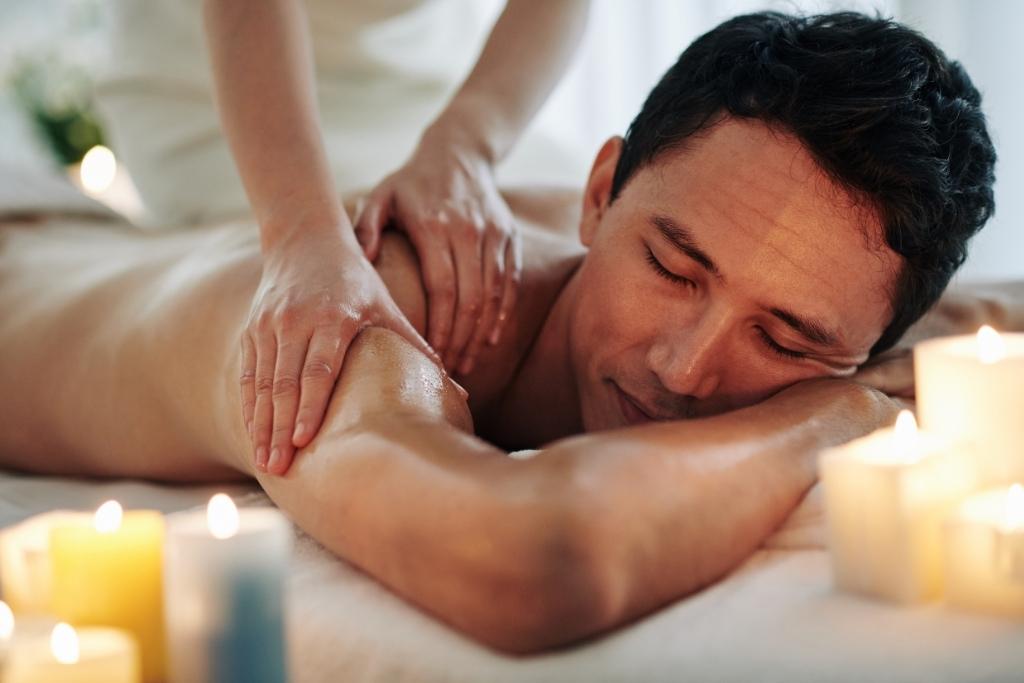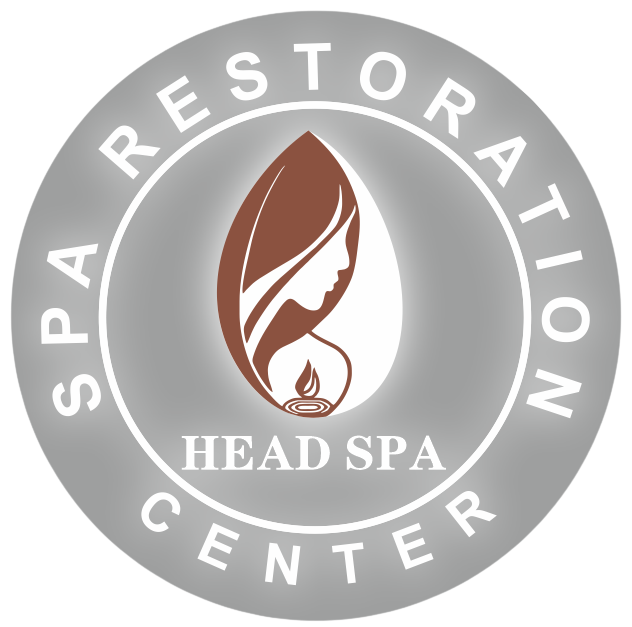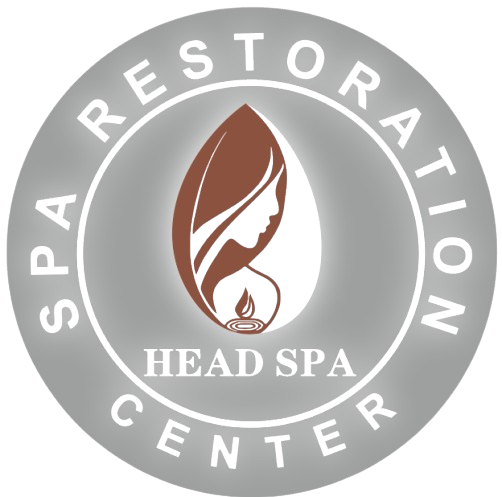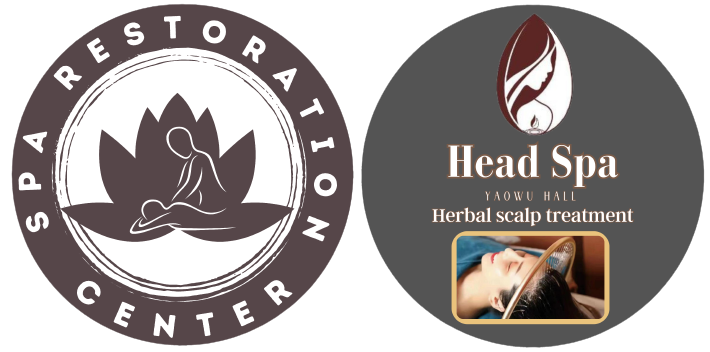
Swedish Massage Side Effects: Who Should Stay Away and Why
Ever felt sore, dizzy, or drained after a massage? You’re definitely not the only one.
A Swedish massage is usually relaxing.
- It’s gentle.
- It’s smooth.
And it’s one of the most common forms of massage therapy.
Most people leave feeling calm and recharged. But not everyone floats out of the room.
- Some feel sore.
- Some feel emotional.
Others might even feel worse before they feel better.
That’s because, like any therapy, Swedish massage has side effects. And for some people, it’s not just uncomfortable; it can be risky.
So, who should stay away? And why does this popular massage technique affect people so differently?
In this guide, we’ll break it all down.
You’ll learn about:
- Common Swedish massage side effects
- People who should avoid massage therapy
- What to do if you react badly after a session
If you’ve ever felt “off” after a massage, this is for you.
Let’s talk about what’s really going on and how to stay safe and relaxed.
What Is Swedish Massage Therapy?
Swedish massage therapy is one of the most common types of massage.
It’s practiced all over the world. And for good reason, it feels amazing.
This classic massage technique is smooth and gentle.
- It helps the body unwind.
- It also supports recovery and wellness.
A typical Swedish massage session uses a mix of movements:
- Long strokes to boost blood flow
- Gentle kneading to ease muscle tension
- Rhythmic tapping to wake up the body
- Deep, circular motions to alleviate soreness
The goal? To help you feel calm, loose, and pain-free.
This type of massage therapy is great for beginners. It’s ideal if you want a relaxing massage without intense pressure. But, like any form of therapy, it’s not perfect.
Even Swedish massage isn’t for everyone. And sometimes, the effects of Swedish massage come with a few surprises.

Common Side Effects of Swedish Massage
While Swedish massage is generally safe, it can trigger mild to moderate reactions in some people. Here are the common side effects of this massage modality:
1. Muscle Soreness
Muscle soreness is one of the most common side effects reported after massage therapy, particularly after deep or vigorous treatment. This is often due to:
- The release of metabolic waste products like lactic acid
- Activation of dormant muscle fibers
- Pressure applied to trigger points
It usually fades within 24–48 hours.
2. Headaches or Lightheadedness
After receiving a massage, some clients feel dizzy or mentally “off.” These side effects are often caused by
- Dehydration
- A sudden drop in blood pressure
- The release of muscle tension and emotional stress
3. Emotional Sensitivity
Therapeutic-type massage often elicits emotional release. Crying, worrying, or elation is common. This is because of the body-mind reset and the release of physical and emotional blockages.
4. Fatigue and Drowsiness
Because Swedish massage promotes deep relaxation, some people feel extremely tired after. That’s your nervous system shifting into recovery mode.
5. Bruising
Though rare with gentle Swedish massage techniques, bruises may appear if the pressure is too firm or if you’re prone to fragile blood vessels.
Who Should Avoid Swedish Massage?
For many individuals, massage therapy is a great option, but for others, it is something to be approached carefully or even avoided altogether. They have the following contraindications, which include:
1. People with Blood Clotting Issues
Massage increases blood circulation, which is dangerous if you have:
- Deep vein thrombosis (DVT)
- A history of blood clots
- Recent surgeries
Massage could dislodge a clot and cause serious complications.
2. Individuals with Fragile Bones
Those with osteoporosis, healing fractures, or bone cancer should avoid even gentle Swedish massage therapy. The wrong massage technique may cause injury.
3. Skin Infections or Open Wounds
If you have rashes, burns, or wounds, massage may spread infection or worsen inflammation. Wait until your skin heals.
4. Cancer Patients
Step one is always to never book a massage therapy appointment without consulting your oncologist first. Sometimes, massage can do more harm than good if the lymph nodes are involved, for example.
5. Pregnant Women (First Trimester)
A full-body massage during early pregnancy should only be done by a licensed massage therapist trained in prenatal therapy. Certain pressure points may induce contractions.
6. Those with Fever or Infection
You should avoid massage therapy if you’re fighting an illness. Massage could:
- Overstimulate the immune system
- Spread infection
- Raise your body temperature.
Managing Swedish Massage Side Effects
Most side effects from Swedish massage are mild and temporary. Here’s how to keep them in check:
- Drink plenty of water before and after your session to flush toxins.
- Let your therapist know about any medical conditions or sensitivities.
- Choose a registered massage therapist with experience in your needs.
- Avoid intense workouts or sports massage techniques right after.
- Rest and allow your body to fully recover.
Your massage therapist’s job is to adjust the session to your unique needs, don’t be afraid to speak up.
Benefits of Swedish Massage (When It’s Done Right)
For most people, Swedish massage can help:
- Reduce stress and anxiety
- Improve circulation and lymph flow
- Alleviate muscle soreness and chronic pain
- Support relaxation and better sleep
- Promote emotional and physical wellness.
It’s also a great massage modality to ease into if you’re new to bodywork or transitioning from a sports massage or deep tissue massage.

When to Talk to Your Therapist First
Before your next Swedish massage session, consult your doctor or massage therapist if you have the following:
- Ongoing medical conditions
- Blood pressure issues
- Recent injuries or surgeries
- Emotional sensitivity or trauma
- Concerns about pressure applied to certain areas of the body
Clear communication ensures that your therapy is safe, enjoyable, and tailored just for you.
The Final Word: Is Swedish Massage Right for You?
There are a lot of strong advantages of Swedish massage. However, it may not be the right option for everyone.
Understanding the adverse effects of massage, like you, I acquired a safer understanding of the fact that you are usually the illness. Your own health is very important because finding a good massage therapist is the key.
Feeling good at the moment is just one aspect of massage. It’s a slow process of attuning to your body and creativity.
Proper massage therapy can help reduce tension, pain, and stress and remove the tension from our muscles. All of this is done with minimal risk.
Therapeutic massage offers all these benefits if the right type of therapist massage is chosen, which includes enhanced well-being, improved circulation, and profound relaxation.
So, listen to your body. Discuss your needs openly with your massage therapist.
This way, every session is maximally beneficial to you, and you can avoid unwanted side effects.



Leave a comment